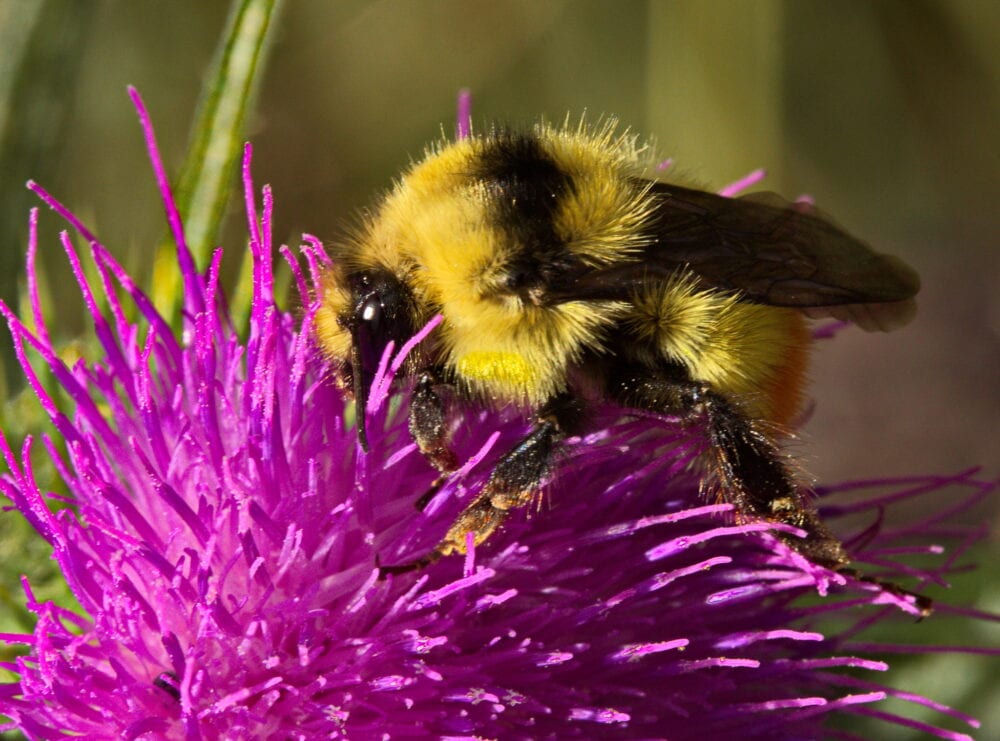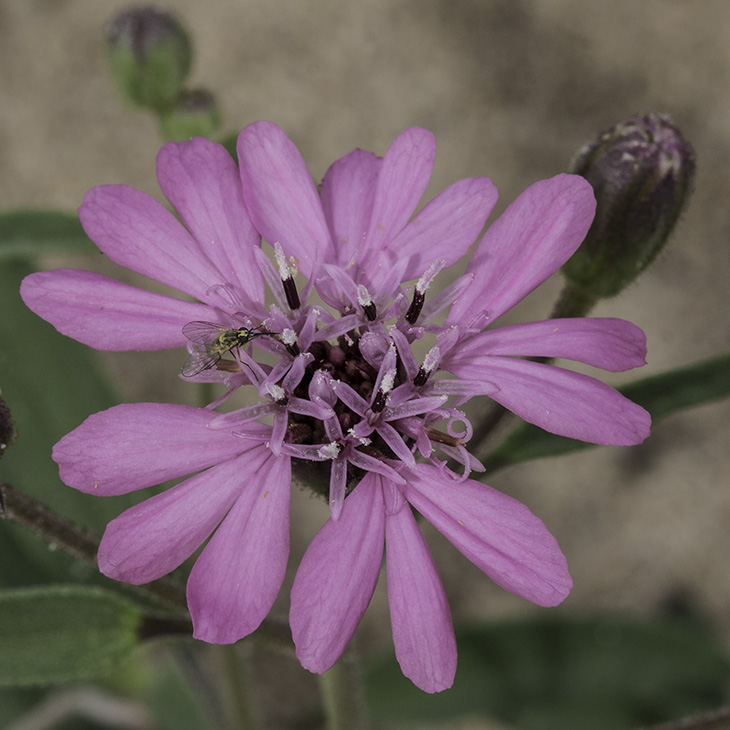
It’s the last day of week eight of Take It Outside! Thanks for joining us to take a closer look at our local insects. We hope you learned something new about some of the smallest critters around us. Join us next week to explore climate.
Today we are learning about some important pollinators: bees!
Upcoming Event:
Tune in to tonight’s live-streamed astronomy talk to learn about light pollution and protecting our state’s dark skies. This talk will begin at 7 PM and is free to watch, but registration is required. Learn more and sign up here.
Blog Post:
Larry Deaven, the mastermind behind the nature center’s amazing penstemon garden, looks at how these flowers have evolved for different types of pollinators. Read his post here.
Craft:
Flowers and bees have evolved to depend on one another. Explore this incredible relationship by dissecting a flower.
Take each part of the flower apart and identify where the pollen and nectar are held, as well and where new seeds are made. What tongue structure must a bee have to collect nectar from the flower you dissected? Take a guess, and then learn more about a bee’s tongue in this article.
Find more instructions, as well as printable worksheets and flower anatomy guides, here.

Outdoor Challenge (Beginner):
Find some flowers outdoors in your yard or on the trail, and watch them for a while! What pollinators come to visit? Look closely: are there any small insects on the flowers that you didn’t see at first? Some pollinators you might see:
- Bees
- Butterflies
- Hummingbirds
- Flies
- Moths (tip: check open flowers at night!)
- Ants
- Beetles
- Spiders
- Other insects
Outdoor Challenge (Advanced):
When we think about bees, honey bees often come to mind. Honey bees are actually a semi-domesticated, introduced species that was brought to the U.S. by European settlers for honey production.
Did you know that there are over 4,000 species of native bees in the U.S. and Canada? One quarter of them are estimated to live in New Mexico! Many of these bees are solitary species and nest alone or in small groups, unlike the large colonies of honey bees. Check out this pocket guide to New Mexico’s native bees from the New Mexico State University Extension Office to learn about some of the native bees in our state. You can also learn about a few local bees on PEEC’s Nature Guide.
Then, head outside and look for bees! How many types of bees do you see? Can you find a honey bee? How about some native bees? Fill out the form below and let us know what you find!
Other Resources:
- This pollinator plant recommendations guide for New Mexico from the U.S. Department of Agriculture is a helpful resource for gardeners looking to create pollinator habitat!
- Explore why pollinators are worth protecting on the Xerces Society for Invertebrate Conservation’s website.
- If you’d like to learn more about the penstemon gardens at the nature center and our volunteer Larry Deaven, check out this feature that was published last June in New Mexico Magazine, called “Meet the Penstemon Whisperer.”
- Check out our pollinators post from Week 2 of Take It Outside if you haven’t already. The blog post explores some of the spring butterflies that can be seen in Northern New Mexico.
Share Your Experience:
What bugs can you find this week?! Tell us in the form below! We’d love to see your photos, too. Please send them to takeitoutside@peecnature.org or share them on Facebook or Instagram with the hashtag #peectakeitoutside.
Join us next week to explore our climate!
